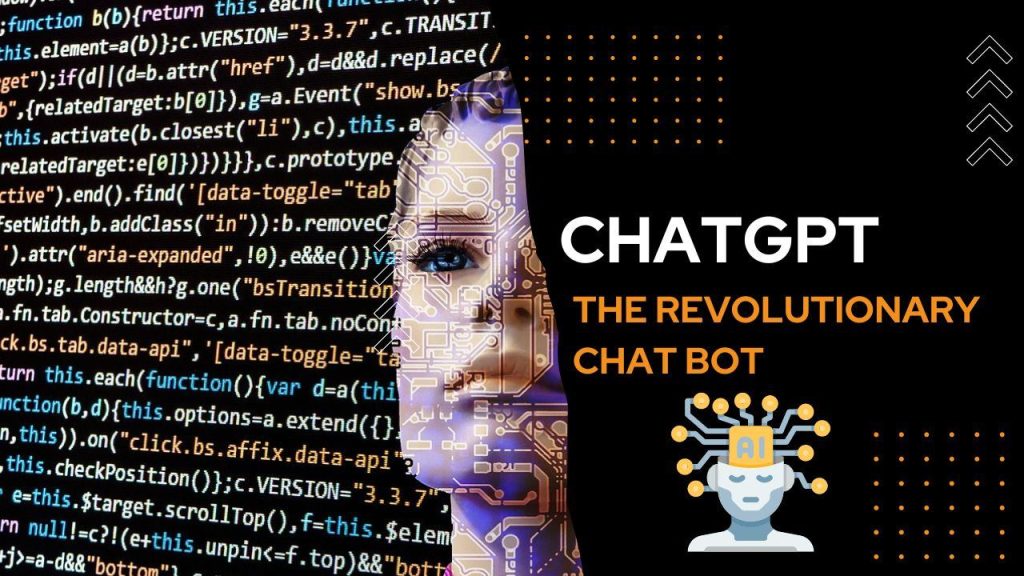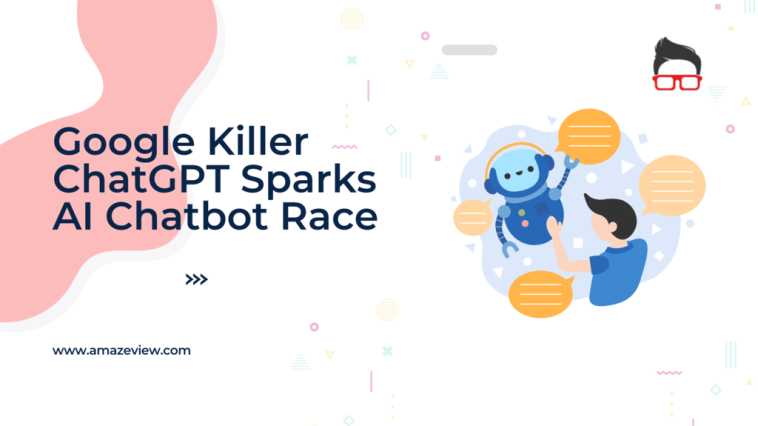ChatGPT, developed by OpenAI, is a powerful language generation model built on the GPT (Generative Pre-training Transformer) architecture. It handles various natural language processing tasks like text generation, conversation modeling, and language translation through fine-tuning. Now the question is: Is Google Killer ChatGPT really a thing?
The model is trained on a massive dataset of over 40GB of text data, including books, articles, and web pages. This allows it to generate human-like text with a high degree of coherence and fluency.
One of the key features of ChatGPT is its ability to generate contextually relevant responses in a conversation. ChatGPT trains on conversational data and understands the context and flow of dialogue, making it ideal for use in chatbots and virtual assistants.
In addition to conversational capabilities, ChatGPT can also be fine-tuned for other natural language processing tasks such as language translation, text summarization, and question answering.
ChatGPT is a powerful tool for businesses, researchers and developers looking to build natural language-based applications. Works better when integrated into a wide range of applications such as chatbots, virtual assistants, language translation systems, and more.
Overall, ChatGPT delivers advanced language generation capabilities for various natural language processing tasks. It generates contextually relevant responses and adapts easily to different tasks, making it a valuable tool for businesses and researchers building natural language-based applications.

Extreme Use of Chat GPT
- Generating realistic, human-like text for use in deepfake videos and audio recordings.
- Creating virtual characters for use in video games and virtual reality experiences.
- Building chatbots and virtual assistants that can understand and respond to natural language input with a high degree of accuracy.
- Automating content creation for websites and social media platforms by generating text, images, and videos on-demand.
- Developing advanced language translation systems that can accurately translate idiomatic expressions and colloquialisms.
- Creating personalized e-mail or chatbot responses for customer service based on customer’s history and behavior.
Limitations of ChatGPT
- Lack of Common Sense: ChatGPT learns from massive amounts of text data, but it doesn’t understand the world like humans do. As a result, it might produce text that doesn’t fit certain contexts or misinterpret idioms and colloquial expressions.
- Bias in the Training Data: The dataset used to train ChatGPT includes biased content. That leads to influence the model to generate text that favors certain groups or reinforces stereotypes.
- Limited understanding of Figurative Language and Sarcasm: ChatGPT has a hard time understanding sarcasm, irony, and other forms of figurative language, which can lead to misinterpretation of text or confusion in a conversation.
- Generating Inappropriate or Harmful Content: ChatGPT can produce inappropriate or harmful text, especially when someone uses it in contexts like hate speech or fake news.
- Privacy Concern: ChatGPT is a powerful model and it can generate text that is very similar to human-written text. This means someone able to use it to impersonate others or make it hard to tell whether a human or a machine wrote the text.
- Limitation in Creativity: GPT-3 based models like ChatGPT can generate new text by rephrasing or extending the input, but it doesn’t have the ability to come up with entirely new concepts or ideas.
Also Read:
- A to Z List of Companies Owned by Alphabet (Google)
- How Did the Duck Hunt Gun Work on NES?
- How Much Robux Is on a $25 Gift Card?


